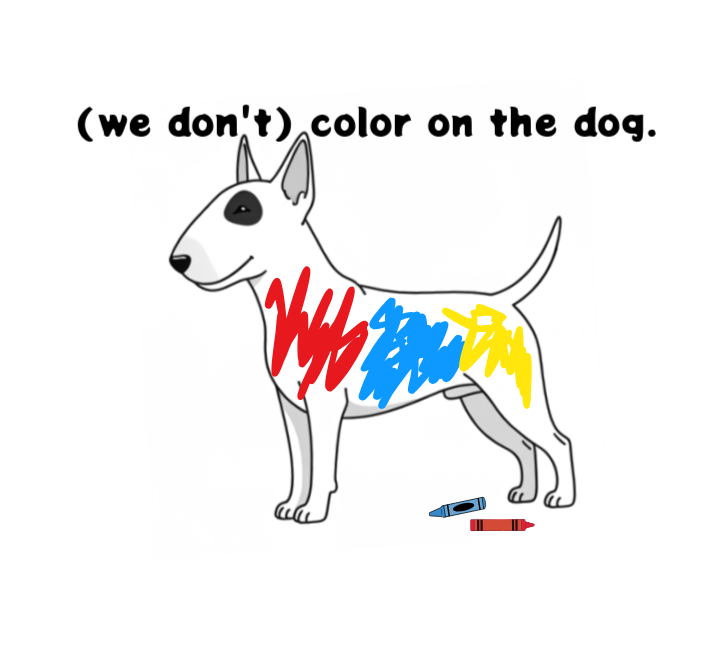
Reopening Escarosa Guide produced by the Pensacola and Santa Rosa chambers had a rather generic page concerning restaurants that was put together by working group consisting of Visit Pensacola and Santa Rosa Tourism. Businesses need more specific guidance and patrons need to what they should look for when they enter a restaurant.
The working group supposedly included the Florida Restaurant and Lodging Association (FRLA), but the Restaurant page failed to include the Standards for Hospitality Reopening developed by the FRLA in partnership with the National Restaurant Association and the American Hotel and Lodging Association.
The Restaurant Subject Matter Expert Team included:
- Frank Yiannas, Deputy Commissioner, Food Policy, FDA
- Dr. Mark Moorman, Director, Food Safety, FDA
- Dr. David McSwane, Executive Director, Conference for Food Protection
- Dr. Benjamin Chapman, Professor, Food Science, North Carolina State University
- Dr. Donald Schaffner, Distinguished Professor, Food Science, Rutgers University
- Patrick Guzzle, Idaho Department of Health, Past Chairman, CFP
- Greg Cocchiarella, Vice President, Industry Relations, Ecolab
Initial Opening/Operating Guidance
As Defined by the Federal Government and Applied by State and Local Jurisdictions
Food Safety
- Discard all food items that are out of date.
- Avoid cafeteria-style dining arrangements. If salad bars or buffets are permitted efforts to mitigate risk should include barriers to block virus spread from sneezes and coughs and service utensils should be handled by staff and/or washed frequently.
- If providing a “grab and go†service, stock coolers to no more than minimum levels.
- Ensure ServSafe certifications of persons in charge and Florida mandated food handler training are up to date.
Cleaning and Sanitizing
- Thoroughly detail clean and sanitize entire facility, especially if it has been closed. Focus on high contact areas that would be touched by both employees and guests. Do not overlook seldom-touched surfaces. Follow sanitizing material guidance to ensure effective cleaning and to protect surfaces.
- Avoid all food contact surfaces when using disinfectants
- Between diners, clean/sanitize table condiments, digital ordering devices, check presenters, self-service areas, tabletops and common touch areas. Single use items should be discarded. Consider rolled silverware and eliminating table presets.
- Remove lemons and unwrapped straws from self service drink stations
- Clean and sanitize reusable menus. If paper menus are in use, they should be discarded after each customer use.
- Implement procedures to increase cleaning and sanitizing frequency of surfaces in the back-of-house. Avoid all food contact surfaces when using disinfectants.
- Check restrooms regularly and clean and sanitize based on frequency of use.
- Make hand sanitizer readily available to guests. Consider touchless hand sanitizing solutions.
Monitor Employee Health and Personal Hygiene
- Per existing FDA Food Code requirements, employees who are sick should remain home.
- If an employee should become ill or present signs of illness the operator should identify that during a pre-work screening and follow their established policies on when they are allowed to return to work but at a minimum to follow CDC guidelines – to self- isolate for seven days from the onset of symptoms and be symptom free for 3 days without medication.
- Taking employees’ temperatures is at the operators’ discretion. The CDC has not mandated taking an employee’s temperature and any operator who chooses to do so should engage health officials first and adopt policies aligned with proper procedures. CDC guidance on a minimum temperature indicative for fever is 100° f.
- Per CDC recommendations face coverings have been shown as an effective tool to mitigate risk from both symptomatic and aymptomatic individuals. This mitigation is especially critical in close environments where establishments have challenges maintaining a 3 to 6 foot clearance. In some states and local jurisdictions face coverings are required by government officials. In all cases, those coverings worn by employees should be kept clean in accordance with CDC guidance. CDC provides overall cleaning guidance HERE. Employers requiring face coverings should develop a policy based on CDC guidance.
- Train all employees on the importance and expectation of increased frequency of hand washing, the use of hand sanitizers with at least 60% alcohol and, clear instruction to avoid touching hands to face.
Monitor Social Distancing
- Update floor plans for full-service restaurants, redesigning seating arrangement to ensure at least six feet of separation from seating to seating. Limit party size at tables to no more than the established guideline maximums approved recommended by CDC or approved by local and state government. Where practical, especially in booth seating, physical barriers are acceptable. Consider a reservations-only business model or call-ahead seating to better space diners.
- Remind third-party delivery drivers and any suppliers of your internal distancing requirements.
- Post signage on entrance door that no one with a fever or symptoms of COVID-19 is to be permitted in the restaurant.
- Limit contact between wait staff and guests and, where face coverings are not mandated, consider requiring wait staff with direct customer contact to wear face coverings as recommended by the CDC.
- If practical, physical barriers such as partitions or Plexiglas barriers at registers are acceptable.
- Use technological solutions where possible to reduce person-to-person interaction: mobile ordering; mobile access to menus to plan-in-advance; text on
arrival for seating; contactless payment options. - Provide hand sanitizer for use by guests including contactless hand sanitizing stations and post signage reminding guests about social distancing and thanking them for their patience as you work to ensure their safety.
- Do not allow guests to congregate in waiting areas or bar areas. Design a process to ensure guest separation while waiting to be seated that can include floor markings, outdoor distancing, waiting in cars, etc. Consider an exit from the facility separate from the entrance. Determine ingress/egress to and from restrooms to establish paths that mitigates proximity for guests and staff.
- Where possible, workstations should be staggered to avoid employees standing directly opposite one another or next to each other. Where six feet of separation is not possible, consider spacing options that include other mitigation efforts (e.g., face coverings) with increased frequency of cleaning and sanitizing surfaces.
Note: Face coverings may be required by government officials and/or restaurant operators to mitigate the distancing gap. If not mandated, face coverings are recommended by CDC and when worn they should be cleaned daily according to CDC guidance cited above. - Establish limit numbers to reduce contact in employee break rooms.
- With larger staffs, use communication boards to or digital messaging to convey pre-shift meeting information.



